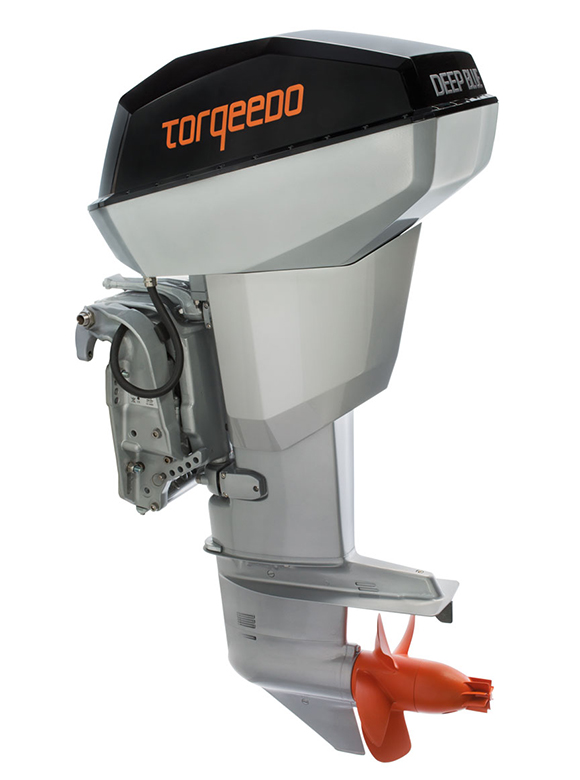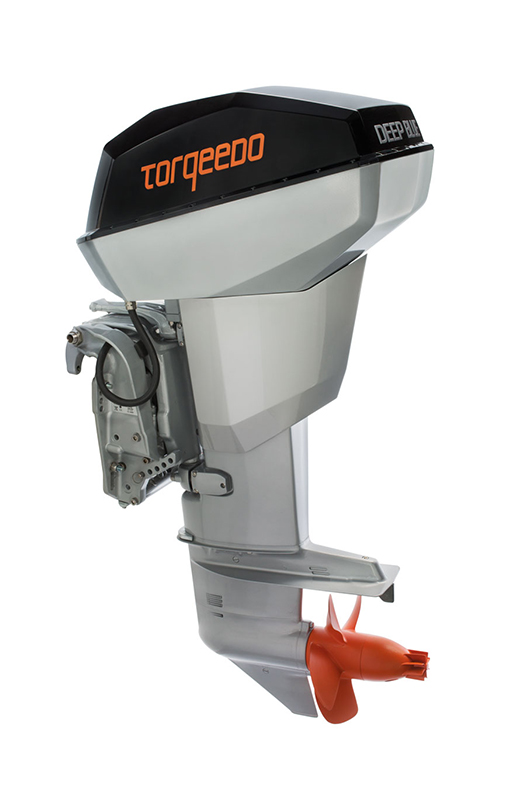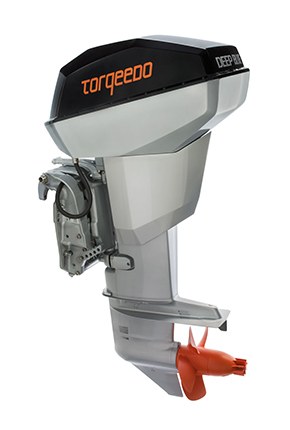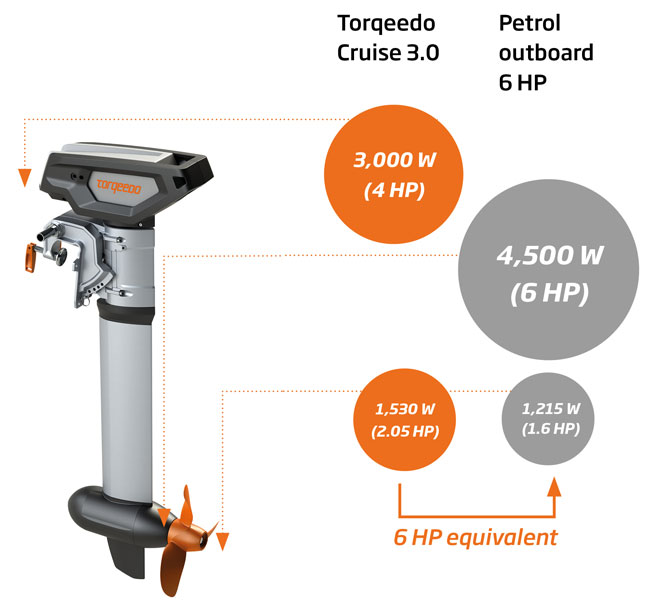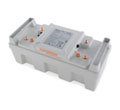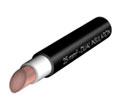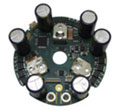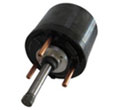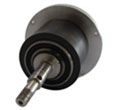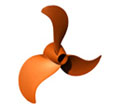One HP is one HP. Isn't it?
Standardisation of power is nothing new. It goes back to James Watt, who defined horsepower in the 18th century to demonstrate the performance of his steam engine. Since then, it‘s been measured uniformly in HP or, in honour of its inventor, in watts. And with that, everything should be clear, shouldn‘t it?
Not completely. It depends on where and how you measure. The most meaningful performance indicator of a drive system is propulsive power, which indicates the performance actually delivered by the motor to move the boat, taking all losses, including propeller losses, into account. This method has been used in commercial shipping for nearly 100 years.
For petrol and conventional electrical outboard motors the propulsive power is not normally revealed. Instead, less meaningful indicators are used, such as shaft power, input power or even static thrust.
That wouldn’t be so bad if the differences between the various power ratings were minimal. But they aren’t; they’re very large. The propulsive power of a petrol outboard with 4 HP shaft power, for example, is just 1 HP. How can the differences in efficiency levels of different types of motor be measured? We’ll shed some light on them.
